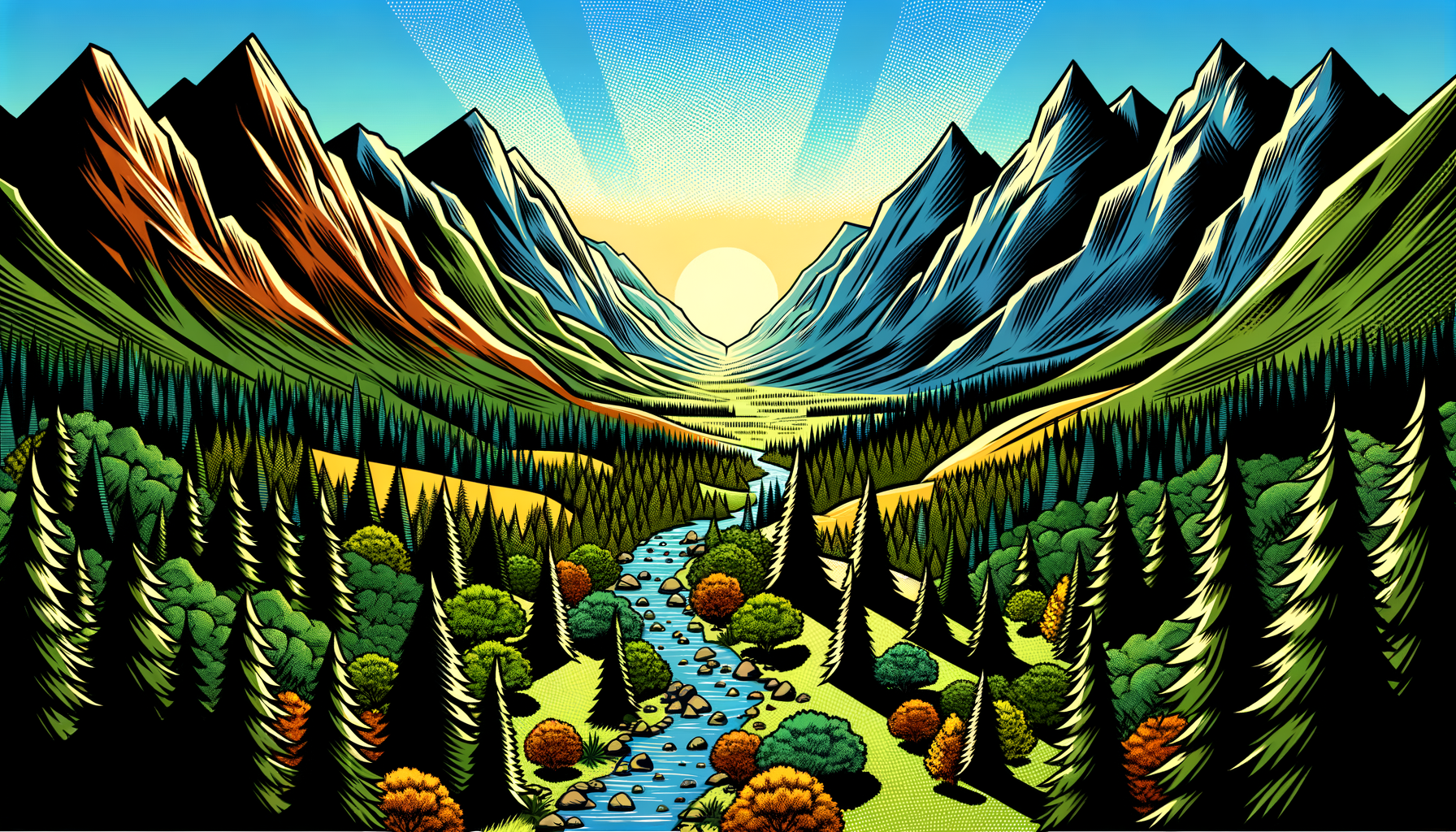Living Between Worlds
I was seven years old when I first realized my life existed in two different universes. At school, my teacher beamed as she read aloud our “Southern Heritage Day” lesson about plantation life, casually skimming over the fact that my ancestors weren’t exactly sipping sweet tea on the porch. Then, at home, my grandmother’s voice—half melody, half hymn—wove a different narrative entirely. She spoke of resilience, of Gullah Geechee traditions that survived enslavement and storms alike, and of my great-great-grandmother who kept her family alive with little more than a cast-iron pot and a bit of faith.
Different worlds, different truths. And somehow, I was standing smack in the middle.
Fast forward to my twenties, and I realized “living between worlds” wasn’t just a childhood thing—it was my whole existence. From Charleston’s marshes to Atlanta’s city streets to Manhattan’s neon skyline, I was constantly mixing and matching pieces of my cultural heritage, professional identity, and yes, even my romantic inklings. But let’s get into how dating falls into this whole “between worlds” thing, because trust me, it gets funny.
Dating in the In-Between
Picture this: I’m at a trendy rooftop bar in New York. My date, decked out in a black turtleneck and an air of Forbes “30 Under 30” entitlement, asks me (after two sips of his craft cocktail), “So, you’re like... Southern Southern? Like sweet tea and cowboy boots?”
I almost laughed out loud. Sweetheart, my South is watching my uncle grill okra while my auntie hums a hymn under her breath and the cicadas gossip in the marsh grass. My South is rich and complicated, woven with stories of resilience and survival. And yes, I know how to make cornbread from scratch, but that’s not all there is to me.
“Something like that,” I reply, realizing there’s no point in unpacking centuries of culture at happy hour. And so, the balancing act continues: navigating relationships with people who love the idea of me but don’t always get the real me.
Cultural Code-Switching in Love
Straddling cultural worlds in relationships can feel like performing a high-stakes trapeze act. Sometimes, I’m explaining my family’s “watch night” tradition—rooted in collective hope and historical memory—to someone whose New Year’s Eve familiarity doesn’t stretch beyond champagne toasts and Times Square ball drops. Other times, I’m laughing nervously through jokes at Sunday brunch that graze just a little too close to “my-Black-girlfriend-said-I-could” territory. (Side note: no matter how much syrup you put on it, waffles can’t fix that.)
And then there’s the language of love itself—expressing yourself to a partner who may not share the same point of reference. My family speaks in food and rituals; we say “I love you” through homemade crab rice and new moon prayers. But how do you translate that to someone raised in, say, the land of kale salads and “dogs are people too” energy?
Flipping the Script: Breaking Misconceptions
If you’ve ever felt like living between worlds means endlessly explaining yourself, I see you. It can be exhausting to feel like you’re carrying the weight of your culture or identity into every room you walk into. But here’s the magic hack—it’s not your job to make everyone understand. (And—spoiler alert—not everybody will.)
Instead of shrinking myself to fit someone else’s expectations (hello, “Southern Southern”), I’ve learned to lean in. Bring my whole self to the table. Trust that the right person will ask thoughtful questions instead of making quick assumptions.
What does this look like in practice? A few basics to flip the script:
• Embrace your own narrative. The more confidently you own your story, the easier it is for a partner to meet you where you stand. Remember: adding context isn’t pandering—it’s an invitation to understanding.
• Teach, don’t preach. If someone says something way off, don’t blow a gasket. Correct them with grace. Example: “Actually, the Gullah Geechee aren’t a single ‘tribe.’ It’s an entire culture. Want me to share more about it?”
• Assess their curiosity. A good partner won’t just accept your lived experiences—they’ll dive in like an eager student, asking real questions instead of checking boxes. Keep an eye out for that energy.
Finding Peace in Duality
The beauty of duality lies in its ability to foster growth. For years, I felt pressured to choose—to present myself as one thing or the other. Am I Charleston sweetgrass baskets or Brooklyn book clubs? Am I the kid who grew up saying “yes ma’am” or the woman who tosses out “yo, what’s good?”
The truth? I’m both. I’m neither. I’m all the stunning, messy pieces in between. And here’s what I’ve learned: the right relationships, romantic or otherwise, are the ones that allow you to thrive in all your complexity. They don’t demand tidy boxes, and they’re way too interesting for stereotypes.
So when someone raises an eyebrow because your Spotify playlist slides from Nina Simone to Taylor Swift (“Is that a mashup of...gospel and country?!”), let them. Let them marinate on the idea that you don’t have to be just one thing.
Conclusion: Claim Your Space Between Worlds
If you’re living between worlds, you’re not alone. Whether it’s cultural duality, balancing faith and modernity, or just explaining why you like hot sauce on your popcorn (try it!), the experience of straddling identities can be challenging—but it’s a gift too. Rich, dynamic, layered—we’ve got stories that flip typical love narratives on their heads.
And if you’re wondering whether you can find connection in the middle, let me offer this: the more you claim your in-between space, the more magnetic you become. Just as the marshlands thrive where the water meets the land, so can we. Because living between worlds isn’t just surviving—it’s flourishing.



















